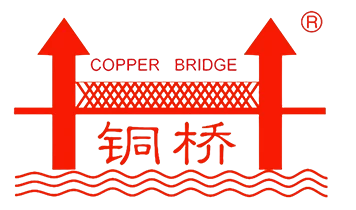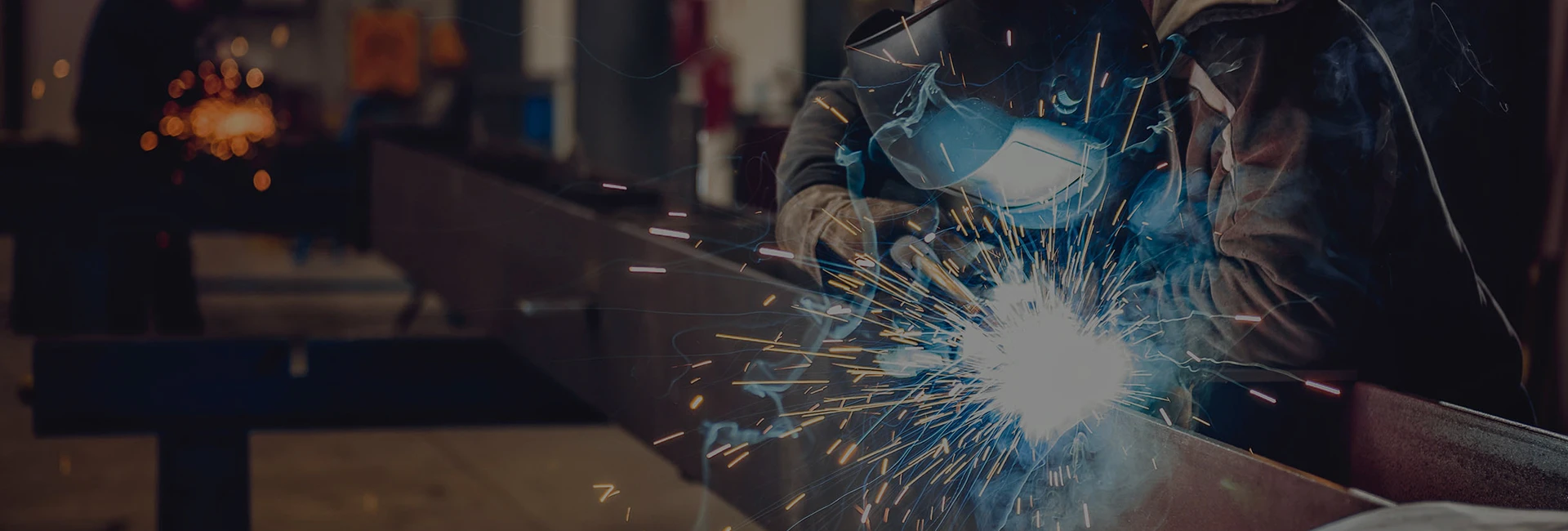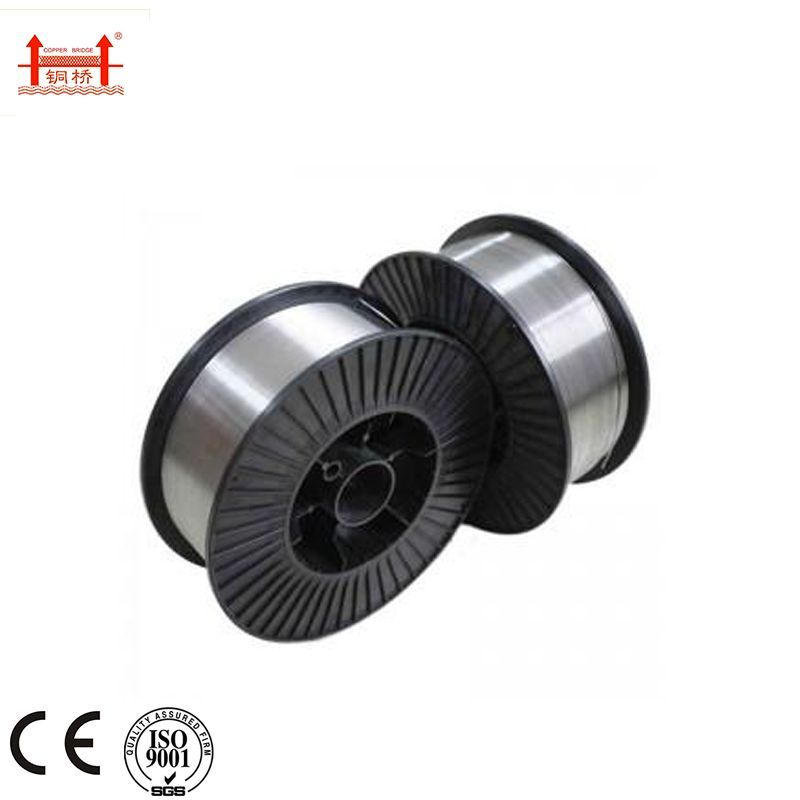Cast iron electrodes are specialized welding rods designed for welding or repairing cast iron materials. Cast iron, known for its high carbon content and brittle nature, is challenging to weld due to its tendency to crack when exposed to heat and cooling cycles. Cast iron electrodes are formulated to address these challenges, ensuring better weldability while maintaining the mechanical properties of the base material. These electrodes typically consist of nickel, iron-nickel, or steel cores with coatings that help stabilize the arc and reduce cracking.
What Are the Different Types of Cast Iron Electrodes, And How Do They Differ?
Cast iron electrodes are classified into different types based on their core material and weld characteristics. The three main types are nickel-based electrodes, nickel-iron electrodes, and steel-based electrodes, each offering specific advantages and applications.
Nickel-based electrodes (ENi-CI) are among the most popular options for welding cast iron. These electrodes provide excellent weldability, produce soft weld deposits, and minimize cracking. Nickel electrodes are particularly useful for welding gray cast iron and are ideal for applications requiring machinable welds. They are commonly used for repairing machine parts, engine blocks, and components where precision machining is needed after welding. However, nickel electrodes are more expensive compared to other options.
Nickel-iron electrodes (ENiFe-CI) contain a combination of nickel and iron, offering greater strength and ductility than pure nickel electrodes. These electrodes are particularly suitable for repairing nodular cast iron (ductile iron) and applications requiring stronger, more crack-resistant welds. The nickel-iron combination provides better compatibility with the cast iron base metal, resulting in reduced heat-affected zone cracking. Nickel-iron electrodes are often used for structural repairs and components subject to heavy loads or stress.
Steel-based electrodes (ESt) are the most cost-effective option but are more prone to cracking if not properly managed. These electrodes produce harder weld deposits that are not easily machinable, making them less ideal for precision repairs. Steel electrodes are suitable for applications where machinability is not a priority, such as non-critical repairs or parts that do not undergo significant loads. Post-weld heat treatment is often necessary to reduce internal stresses and prevent cracking.
What Challenges Are Associated with Welding Cast Iron, And How Do Cast Iron Electrodes Help?
Welding cast iron presents several challenges due to its unique properties, including high carbon content, brittleness, and susceptibility to cracking. Cast iron materials contain significant amounts of carbon, which can form hard, brittle phases like carbides in the weld zone. When heated and cooled too quickly, cast iron is prone to thermal stresses and cracking, making welding difficult without proper techniques and tools.
One key challenge is managing the heat input during welding. Excessive heat can cause the carbon to migrate into the weld metal, leading to hard and brittle welds that are prone to cracking. Additionally, the uneven thermal expansion and contraction of cast iron during welding further increase the risk of cracks in the weld and heat-affected zones.
Cast iron electrodes are specifically designed to overcome these challenges. Nickel-based electrodes provide soft, ductile weld deposits that minimize cracking and allow machinability, even in the presence of high carbon. Nickel-iron electrodes further enhance strength and toughness, making the weld more resistant to cracking under stress or thermal cycles. In contrast, steel electrodes offer economical solutions but require careful preheating and post-weld treatment to avoid brittleness.
To further address these challenges, cast iron electrodes help maintain arc stability and control heat input, allowing welders to produce cleaner, defect-free welds. Techniques such as preheating the cast iron to reduce thermal shock and post-weld cooling to relieve residual stresses are often used in combination with these electrodes. By choosing the appropriate electrode type and employing proper welding practices, welders can effectively repair cast iron components and extend their service life while minimizing the risk of failure.







